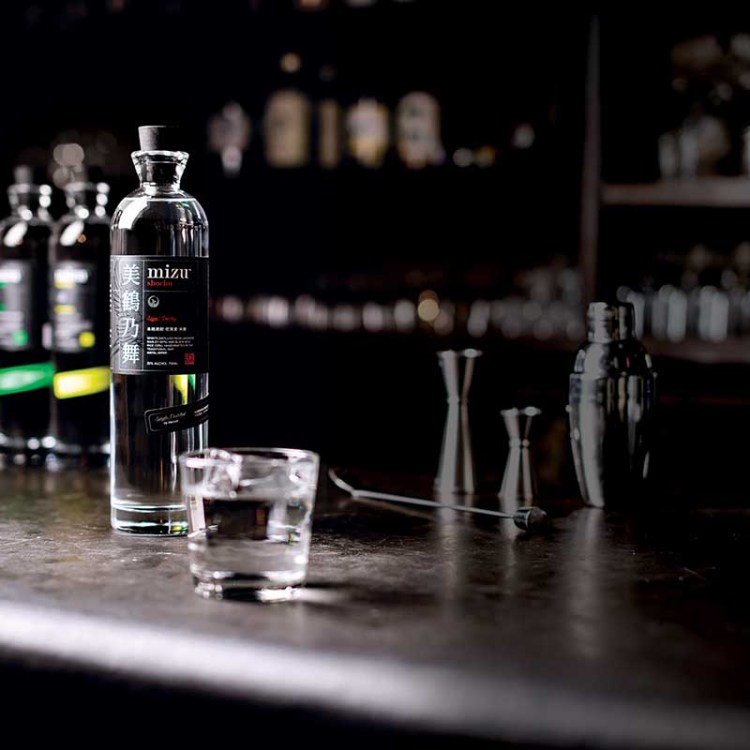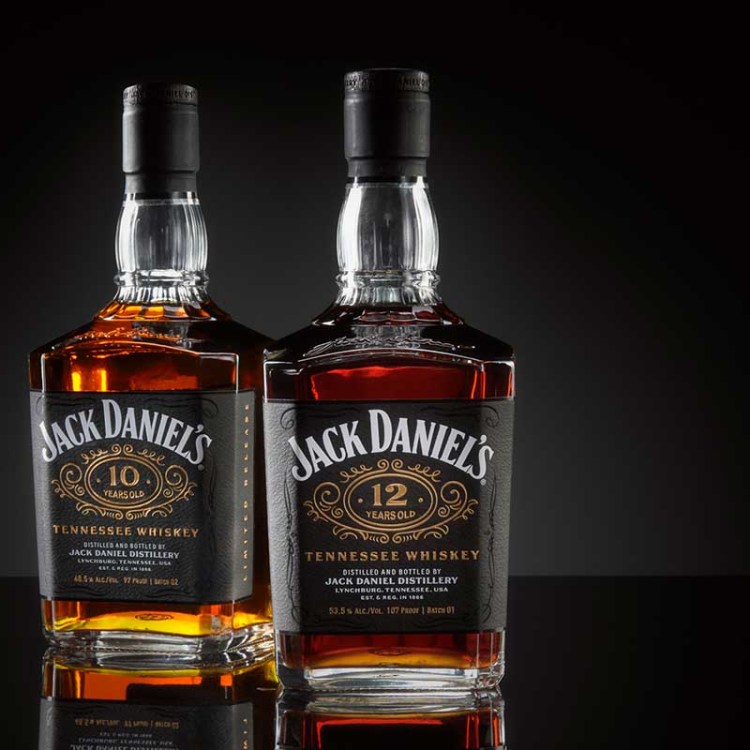When it comes to warm-weather beverages, we’re all for freshly cracked White Claws and ice-cold canned wines. But this summer season, Piquette — a zero-waste, low-ABV wine-like beverage — is setting the standard for sessionable and seasonal drinking.
While Piquette dates back to Roman times, the wine beverage feels surprisingly current for today’s drinkers; it’s light, low in sugar and incredibly chuggable.
“Chill it and kill it,” says Kristin Olszewski, the wine director of Gigi’s in Los Angeles and co-founder of the canned wine brand Nomadica. “Piquette is the perfect summer sipper. It’s low-alcohol, aromatic, refreshing and easy to drink. There’s nothing fussy about it.”
Piquette is made with wine grapes, but it isn’t technically a wine. Winemakers craft Piquette out of the dredges of the regular winemaking process, adding water to grape pomace (the leftover seeds, skins, and pulp that result after the juice has been pressed) and fermenting it into a fizzy, fresh beverage.
Rather than chucking out the grape discards, Piquette lets winemakers give new life to the grapes, making low-cost, wine-esque drinks generally reserved for family, friends and farmhands. “Traditionally piquette was drunk by vineyard workers in Europe,” explains Obsidian Wine Co co-founder Arpad Molnar. “It’s a refreshing beverage that still allows for working after consumption.”
Clocking in between 3 and 9% ABV, it’s low enough in alcohol to not impact productivity and quaffable enough to quench a hot day’s work on the vineyard. Often, Piquette was the only option — vineyard workers didn’t always have access to fresh water, so Piquette was the safety source of hydration (plus, the subtle alcohol would soothe any aches and pains from a day’s work in the vineyards).
Vineyard workers still sip Piquette, but it wasn’t until recently Piquette started being bottled commercially. “Traditionally, those who made fine wine considered it a poor man’s beverage,” says Olszewski, “It wasn’t worthy of much attention because it did not take the same amount of time and care to make and was made as a byproduct of fine winemaking.”
As the hard seltzer category soared, young winemakers realized Piquette is an excellent alternative to other canned tipples. “Piquette has really found a following as another option for wine and beer lovers, and a low alcohol one at that,” says Olszewski, who is now working on her own Piquette at Nomadica.
There are also financial benefits to Piquette. For winemakers, Piquette allows more yield from the grapes, giving producers more opportunity to drum up revenue. And for us drinkers, bottles top out at around $15. “Piquette is a great way to have access to a producer who may traditionally be outside your budget or just reserved for special occasions,” says Olszewski. “I love that it’s more accessible (in price and profile) than other wines we make, and doesn’t need to be taken all that seriously — that’s the beauty of it.”
With all that in mind, settle into the warmer days ahead and pop open one of the following bottles of homegrown, standard-setting Piquettes.
Wild Arc Farms Piquette
Wild Arc Farms is largely responsible for the Piquette category’s revival — they produced the first commercially-made Piquette in 2017. The Hudson Valley winery still turns out a rainbow of Piquettes made from Marquette, Cabernet Franc, Riesling and Teroldego (a deep red grape grown primarily in Trentino-Alto).
Winemaker Todd Cavallo adds locally made honey to the blend that acts as both sweetener and a refermentation starter. His all-star line-up includes something for every oenophile, from floral rosé Cabernet Franc Piquettes to sour, fizzy Riesling-based bottles.

Obsidian Wine Co “Máslás” Piquette
Molnar’s piquette screams spring in every way; made with Chardonnay and Sauvignon Blanc pomace left to ferment until it gives the wine the color of a golden hour sunset. It’s cloudy and textured, with zesty bubbles and fresh notes of wildflowers and apricots. With bright effervescence, salty tannins and no residual sugars, this Piquette could make a wine lover out of a beer fan. Bonus: at 500mL a bottle, it’s the perfect personal-sized vessel.

Wonderwerk Free Your Mind Lite
“This is so incredibly floral and bright,” describes Molnar. This Piquette blends Carignan and Riesling pomace with hibiscus and Japanese ume plum sourced from Tsbaki and Masienda in Los Angeles. Think sour beer energy; tart, effervescent, complex and yet easy-sipping at 6% ABV. Wonderwerk tops up this Piquette with their Free Your Mind wine and Riesling juice to give it a slight sparkle.

Wavy Wines California Wine Cooler
“I love, love, love this piquette,” says Olszewski. “It tastes like a Mai Tai, with guava, pineapple and citrus notes.” Made in Vin de Soif style, winemakers Eliot Kessel and Jude Zasadzki add water to the leftover Pinot Gris and Chardonnay pomace left behind from their skin-contact LS Gris. It’s lively and energetic — think party wine.

The Marigny Piquette
The Marigny’s Piquette is incredibly quaffable, with tight bubbles and bright, tart flavors. Expect nothing less out of Andrew Young though — the New Orleans-bred musician-turned winemaker is known for brilliantly complex, low-intervention bubbles and carbonic macerated bottles out in the Willamette Valley in Oregon. Think of his piquette like amped-up, slightly spiked sparkling water, with fresh cranberry flavors and drink-it-all day energy.
This article was featured in the InsideHook newsletter. Sign up now.





















